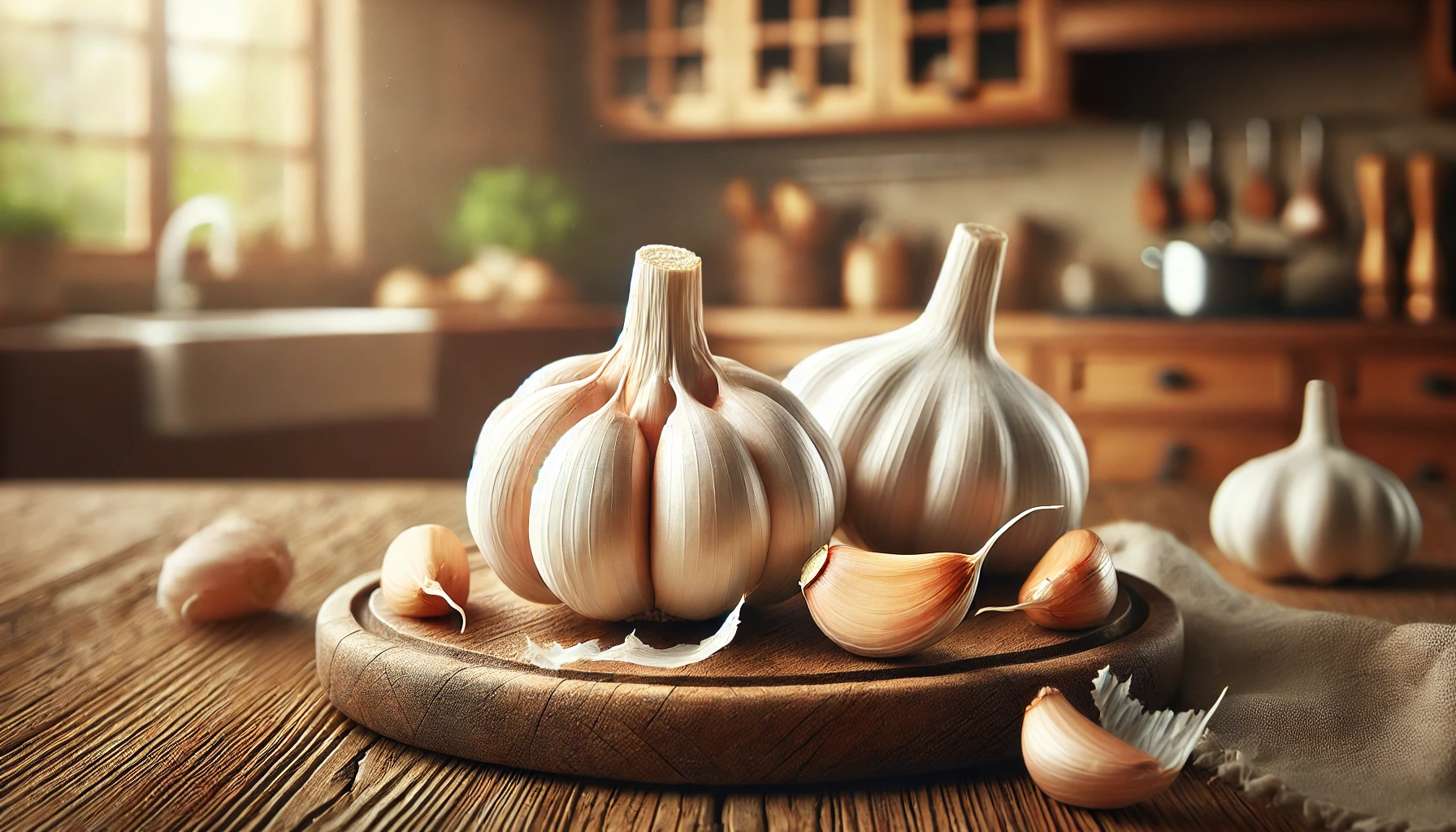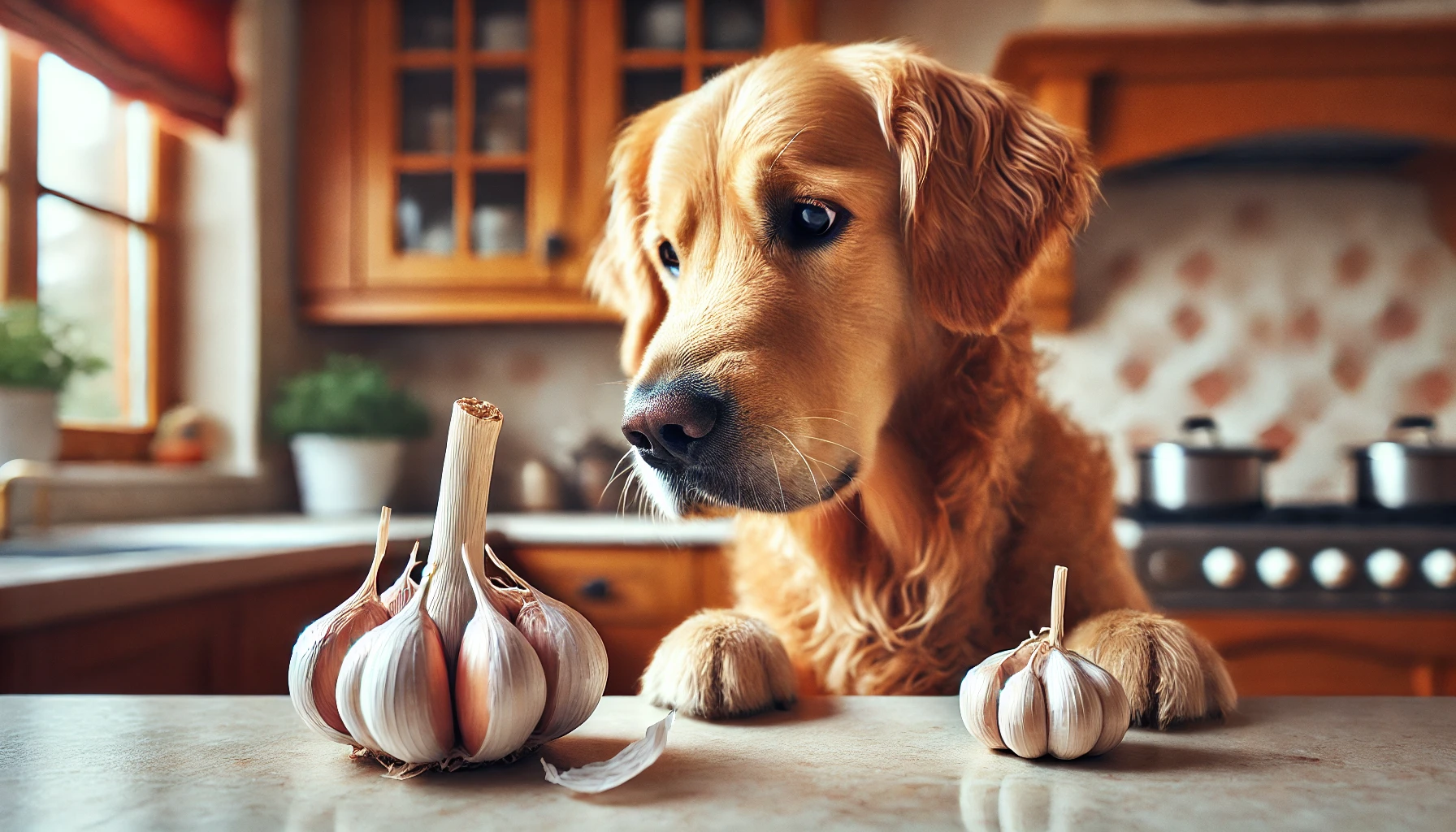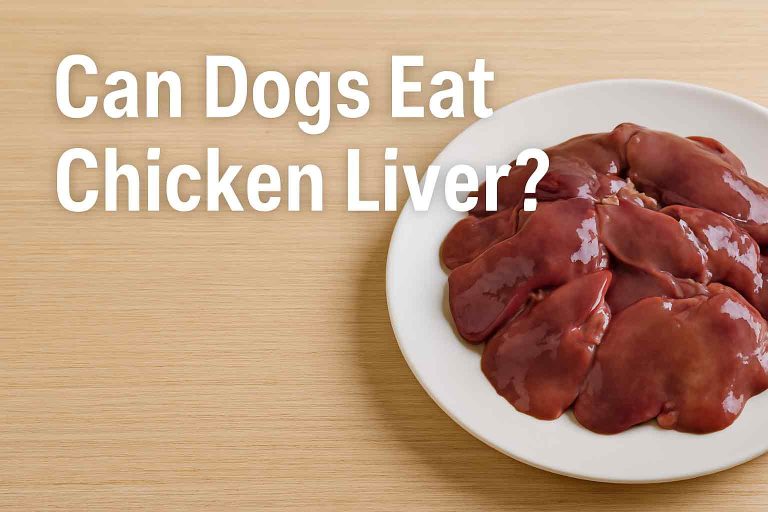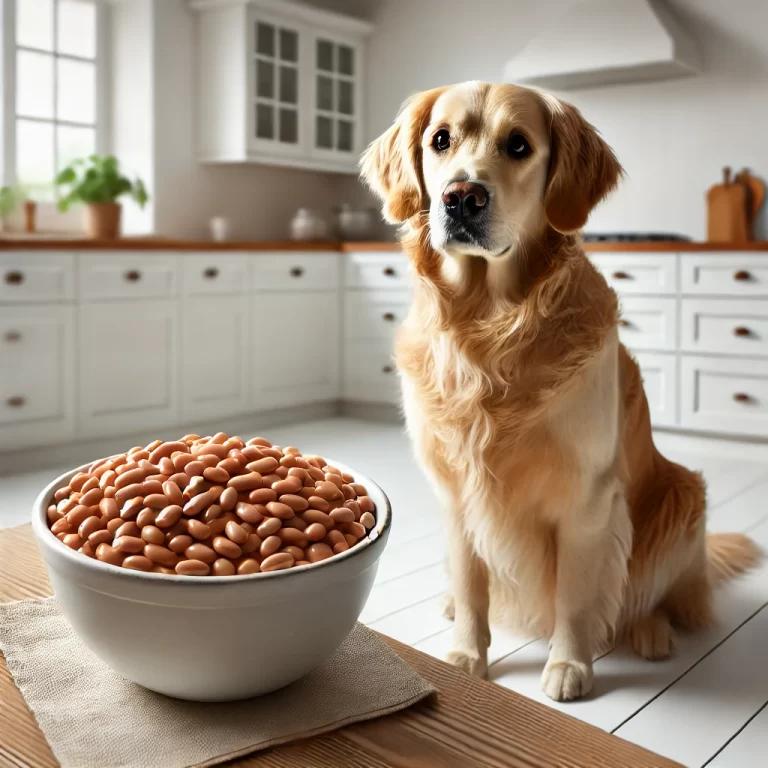Can Dogs Have Garlic? Everything You Need to Know
Garlic is a common ingredient in many human dishes, known for its strong flavor and potential health benefits. However, when it comes to feeding garlic to dogs, pet owners often wonder: Can dogs have garlic? Is it safe, or does it pose a health risk? In this comprehensive guide, we’ll explore whether garlic is harmful or beneficial for dogs, its potential effects, and what you should do if your dog accidentally consumes garlic.
Is Garlic Safe for Dogs?
The short answer is no, garlic is not safe for dogs. Garlic belongs to the Allium family, which also includes onions, chives, and leeks. These foods contain compounds that can be toxic to dogs and may cause serious health issues if consumed in large quantities.
While some pet owners believe that small amounts of garlic may offer health benefits, the potential risks often outweigh any possible advantages.
Why Is Garlic Bad for Dogs?
Garlic contains thiosulfates, which can damage a dog’s red blood cells and lead to a condition called hemolytic anemia. This type of anemia results in the destruction of red blood cells, reducing their ability to carry oxygen throughout the body.
How Much Garlic Is Toxic to Dogs?
The toxicity of garlic depends on the amount consumed, the size of the dog, and individual sensitivity. Studies suggest that as little as 5 grams of garlic per kilogram of body weight can cause harmful effects.
To put this into perspective:
-
1 clove of garlic weighs around 3-7 grams, depending on its size.
-
Small dogs are at higher risk, as even a tiny amount can cause toxicity.
-
Larger dogs may tolerate small amounts, but it’s still not recommended to feed garlic to any dog.
Symptoms of Garlic Toxicity in Dogs
If a dog consumes garlic, symptoms may not appear immediately. In some cases, signs of garlic poisoning can take a few days to develop. Common symptoms include:







If you suspect your dog has eaten garlic and is showing any of these symptoms, seek veterinary attention immediately.
What to Do If Your Dog Eats Garlic
1. Assess the Amount Consumed
Try to determine how much garlic your dog ate. If it was just a small piece, they might be fine, but large amounts require urgent care.
2. Monitor for Symptoms
Watch for signs of garlic poisoning over the next 24-48 hours. Even if your dog seems fine initially, delayed symptoms can appear.
3. Contact a Veterinarian
Call your vet or an emergency pet poison control center if you’re unsure about the risk. They may recommend inducing vomiting or administering activated charcoal to absorb toxins.
4. Provide Supportive Care
Your vet may perform blood tests to check for anemia and provide treatments such as fluid therapy or oxygen support if needed.
Can Dogs Eat Foods That Contain Garlic?
Garlic is often found in seasoned meats, sauces, and processed dog treats. Even if the amount is small, it’s best to avoid feeding any garlic-containing foods to your dog.
Some commercial pet foods may list “garlic powder” as an ingredient. While manufacturers claim that tiny amounts are safe, it’s still a controversial topic among veterinarians. To be on the safe side, opt for garlic-free dog food.

Are There Any Health Benefits of Garlic for Dogs?
Despite its risks, some dog owners and holistic veterinarians believe that garlic has potential health benefits in controlled doses. These purported benefits include:



However, these benefits are not scientifically proven, and the risks of garlic toxicity outweigh potential advantages. There are safer alternatives for boosting immunity and repelling pests, such as omega-3 supplements and vet-approved flea treatments.
Safe Alternatives to Garlic for Dogs
If you’re looking for safe, dog-friendly alternatives to garlic, consider these options:




Final Verdict: Should Dogs Eat Garlic?
No, dogs should not eat garlic. While some claim small amounts may offer benefits, the potential for toxicity and serious health complications makes it unsafe.
If you want to improve your dog’s health naturally, focus on vet-approved supplements, a balanced diet, and regular check-ups rather than risky foods like garlic.
Key Takeaways





By understanding the risks of garlic for dogs, you can keep your furry friend safe and healthy!







